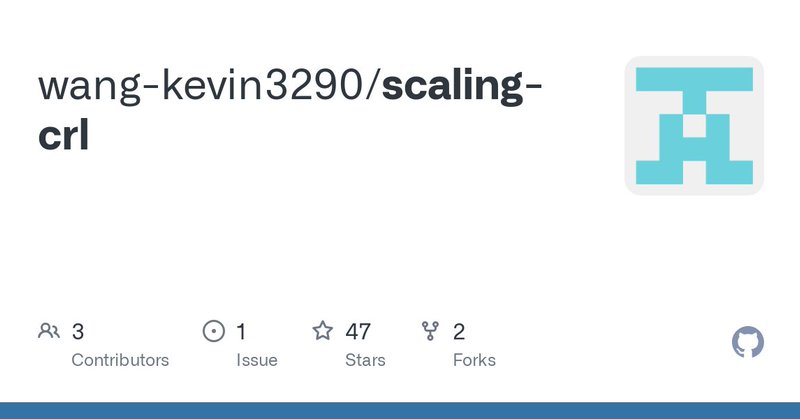
Kevin Wang
@kevin_wang3290
Followers
219
Following
2K
Media
8
Statuses
16
CS @Princeton '22–'25, research Princeton RL + @princeton_nlp | prev quant intern @citsecurities
Princeton, NJ
Joined June 2023
9/ Thanks to amazing collaborators @IJ_Apps, @m_bortkiewicz @tomasztrzcinsk1, and @ben_eysenbach. Please check out our paper and website for more details!.Paper: Website: Code:
github.com
Contribute to wang-kevin3290/scaling-crl development by creating an account on GitHub.
1
0
16







